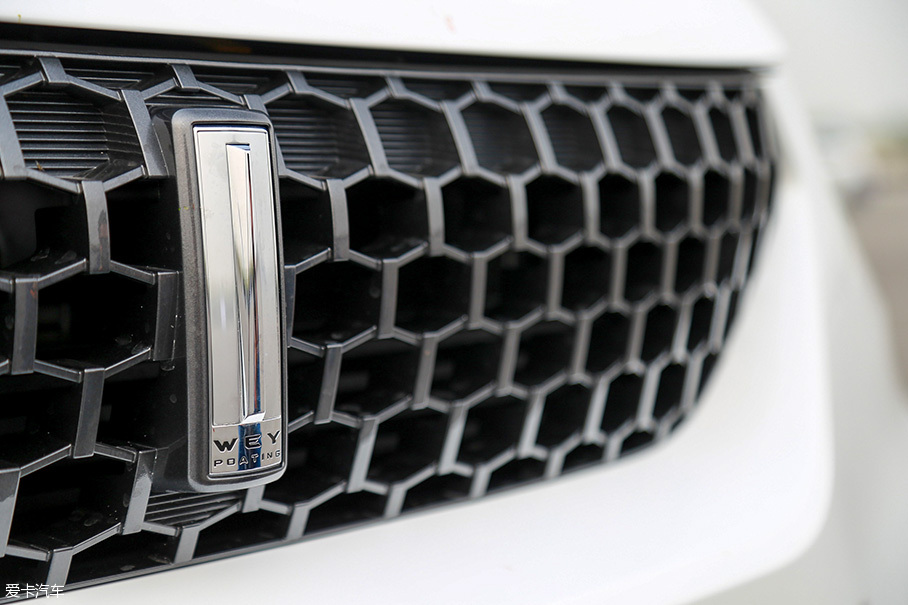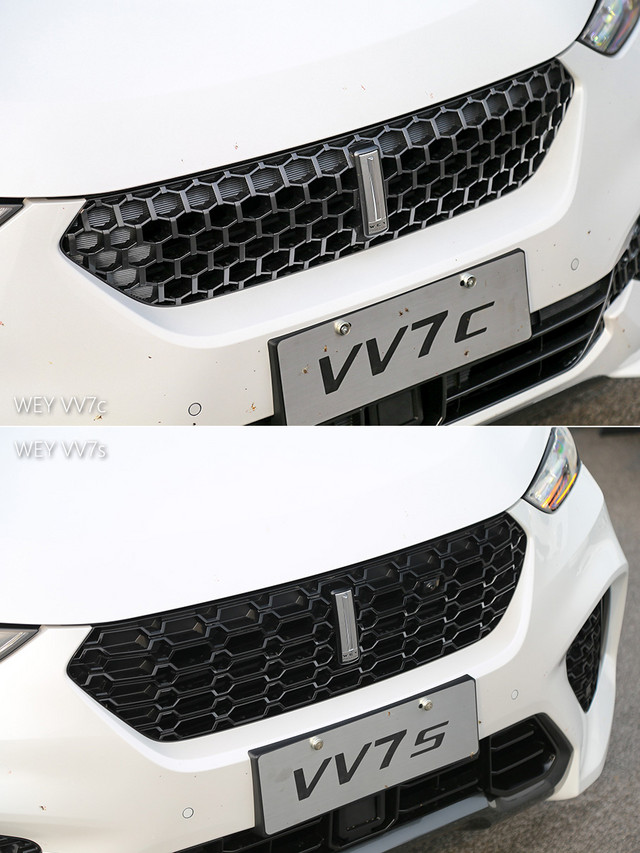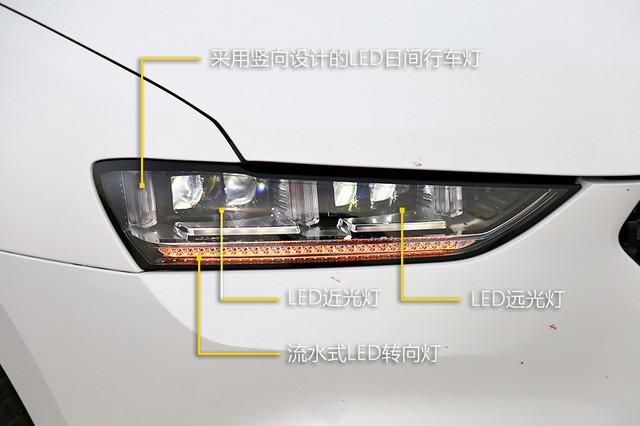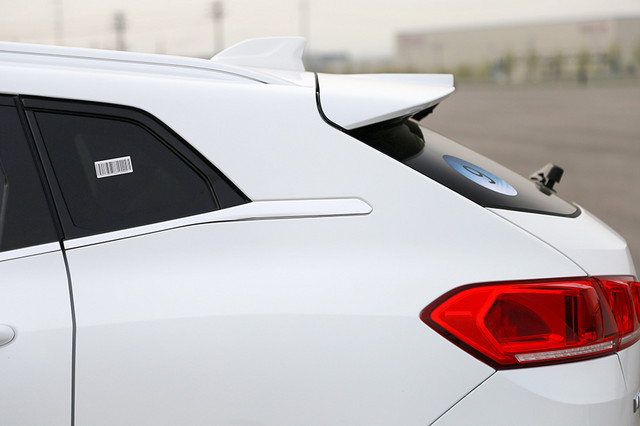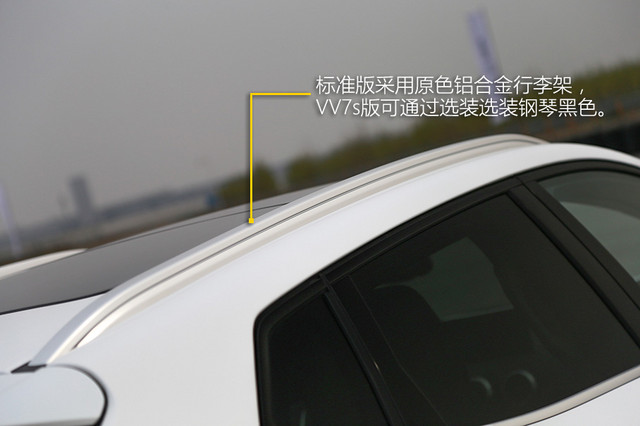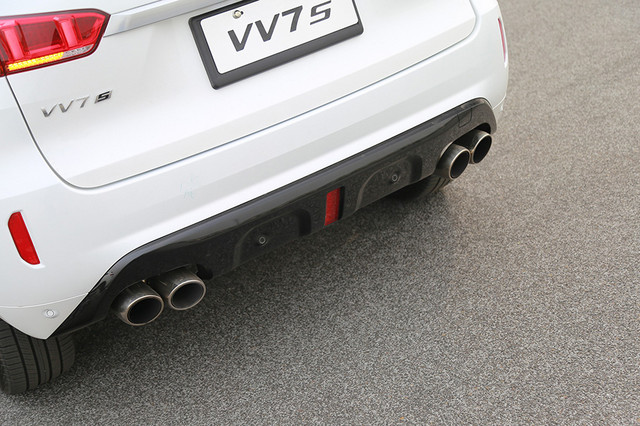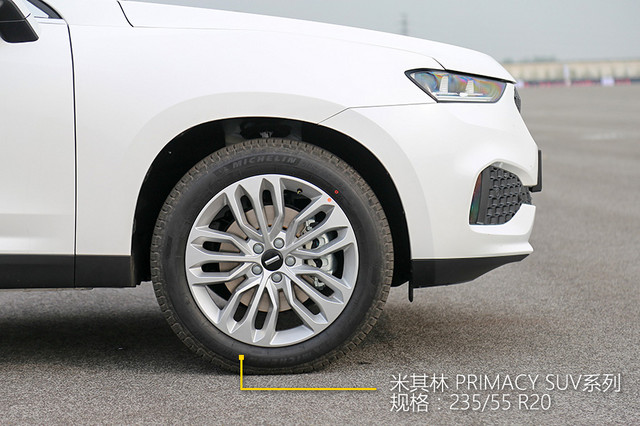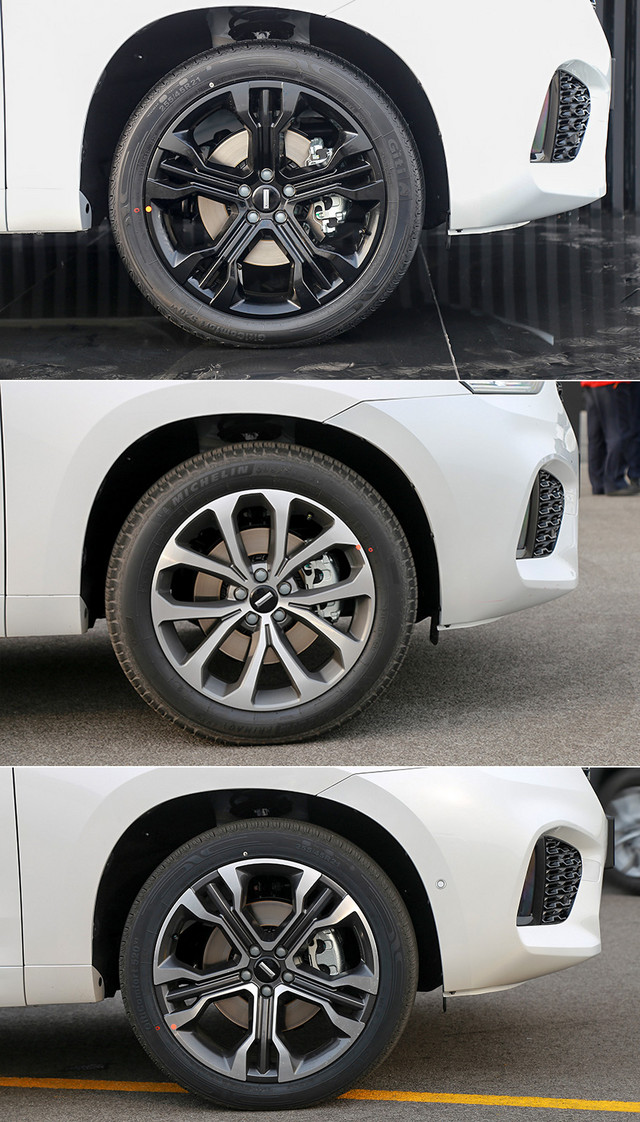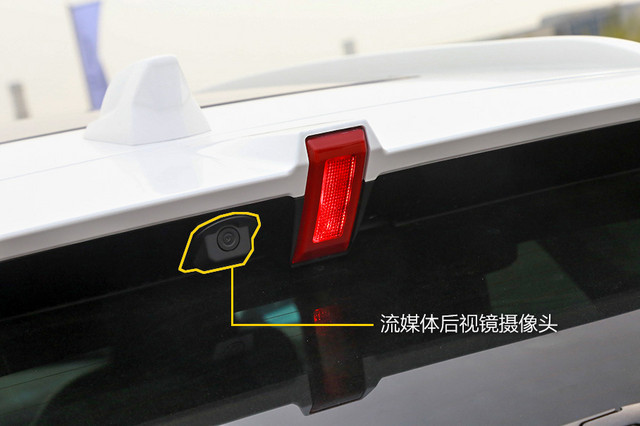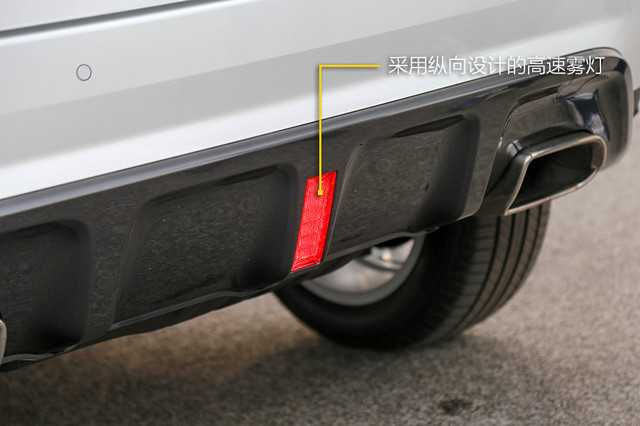The investigation report of Sichuan Airlines incident announced that the hero captain had been flying for nearly 20 minutes due to high altitude hypoxia.

Hero captain Liu Chuanjian

The investigation report of Sichuan Airlines’ "5.14" incident shows that the cause of the incident is that the right windshield seal of the plane may be damaged.
The investigation report of "May 14th" incident of Sichuan Airlines was released. This 131-page investigation report not only revealed the cause of the incident, but also revealed the whole process of the incident and more details of Liu Chuanjian’s response to the incident for the first time.
According to the report, the cause of the "5.14" incident of Sichuan Airlines is that the right windshield seal (weather seal or sealed silicone) of the aircraft involved may be damaged and cannot withstand the pressure difference inside and outside the cockpit and burst off from the fuselage. Captain Liu Chuanjian also flew for 19 minutes and 54 seconds in the high altitude hypoxia environment after the incident.
The first disclosure of the whole incident: the first-class headrest was found in Ya’ an
The investigation report disclosed the complete incident of "May 14th" for the first time. The Civil Aviation Administration of China believes that the "5.14" incident of Sichuan Airlines constitutes a serious symptom of transport aviation.
On May 14th, 2018, Airbus A319-133/ B-6419 of Sichuan Airlines Co., Ltd. carried out the 3U8633 flight from Chongqing to Lhasa, with 119 passengers on board and 9 crew members. When the plane was flying on the route, the right windshield of the cockpit burst and fell off, the plane lost pressure, the passenger oxygen mask fell off, the crew declared the highest level of emergency (Mayday), and the plane was ready to descend to Chengdu. The incident caused one minor injury and one minor injury, and the cockpit, engine and external skin of the aircraft were damaged to varying degrees.
At 6: 27 on May 14, 2018, the plane took off from Chongqing Jiangbei Airport, with captain Liu Chuanjian as the responsible captain and the right co-pilot Xu Ruichen.
At 7: 07: 05, when the cabin altitude of the plane was 6272 feet, there was a muffled sound in the cabin sound recorder of the plane, and the crew found a radial mesh crack on the right windshield, which the crew later described as "very broken and very flowery, all cracked".
At 7: 07: 10, there was a "bang" for the second time in the cabin sound recorder, and captain Liu Chuanjian immediately said "I operate".
At 7: 07: 45, the windshield of the plane burst at 6256 feet, and there was continuous noise in the cabin sound recorder, and the automatic pilot of the plane was disconnected. The captain piloted the plane manually and began to descend. During the descent of the aircraft, alarm messages appeared many times, and the contact between the crew and the ground was also interrupted. Flight area control continued to call the crew through various means, but no response was received.
At 7: 19, the 3U8633 crew announced the distress signal MAYDAY twice in the frequency, and the district management responded. The aircraft resumed contact with the ground, and the aircraft continued to fly to Chengdu Airport, preparing for backup.
At 7: 41, Liu Chuanjian landed on runway 02R of Chengdu Shuangliu Airport with a 3U8633 flight, and some tires of the plane burst.
… …
After the incident on May 14th, the Civil Aviation Administration of China immediately intervened in the investigation. The investigation team found on the B-6419 aircraft that the right windshield of the cockpit was missing, the flight control module was tilted up to the right, some components in the cab were missing, the headset and flight boarding pass of the co-pilot Xu Ruichen were lost, the captain’s electronic flight manual was lost, and the first-class partition curtain and first-class headrest were lost. Check the landing gear area. The fusible plugs of No.3 and No.4 main wheels on the right side are melted, the tire is depressurized and the tire skin is intact.
The report shows that on July 26, 2019, local residents in Baoxing County, Ya ‘an City found the lost aircraft components on a mountain with an altitude of 4,273 meters, and the first-class pillows were also found.
Disclosure of the details of the "Hero Captain" handling: high-altitude hypoxia flight for nearly 20 minutes
The investigation report revealed more details of Liu Chuanjian’s response to this incident.
After the first crack appeared in the right windshield of the aircraft, the co-pilot immediately looked up relevant information in the electronic flight manual. Liu Chuanjian, the captain of the left-hand plane, immediately touched it with his hand and judged that there was a crack on the inside, and applied for lowering the altitude and preparing for Chengdu at the first time. After the crew received the control instructions, the captain immediately executed the descent procedure. During the descent, the right windshield fell off when the co-pilot was looking for relevant procedures, and the cabin lost pressure explosively, and the crew switched to handling the cabin lost pressure.
When the windshield fell off, the explosion cabin lost pressure, and the co-pilot was instantly taken away from the seat by the strong leaked airflow. At this time, the right seat side bar appeared forward, and the autopilot was disconnected, and the attitude of the aircraft suddenly changed. The captain immediately piloted the aircraft manually.
Captain Liu Chuanjian tried to take out the oxygen mask with his right hand, but the oxygen mask was located at the left rear side of his body because of the left hand manipulating the side stick, and the aircraft was shaking violently, so he mainly focused on controlling the state, and he failed to take out the oxygen mask with his right hand. Captain Liu Chuanjian did not wear an oxygen mask from the time the windshield burst and fell off to the time the plane landed. Its exposure time to the anoxic environment above 10,000 feet in cabin altitude was 19 minutes and 54 seconds.
According to the investigation report, after the second captain Liang Peng entered the cockpit, he signaled the co-pilot to identify the transponder by patting his shoulder. After discovering that the captain did not wear an oxygen mask, he immediately reminded him; Captain Liu Chuanjian learned the information that the cabin was in normal condition through the second captain. During the descent process, the handheld microphone was used to send key distress information such as "MAYDAY" and "Cabin Pressure Loss" and the crew’s intention to the air traffic controller. The second captain communicated with the captain and the co-pilot by patting their shoulders and encouraging each other. The second captain rubbed his shoulders and arms for the captain and the co-pilot from time to time to alleviate the discomfort caused by the cold. "During the incident handling process, the crew showed strong cockpit management ability."
From May 14 to May 15, 2018, three flight crew members, Liu Chuanjian, Liang Peng and Xu Ruichen, conducted an audiometric examination in Chengdu First People’s Hospital. The hearing of the captain and the co-pilot declined, and the second captain did not see any obvious abnormality. The co-pilot was diagnosed as "high-frequency mild sensorineural deafness (high-altitude barotrauma)" after examination in the hospital. After landing, three crew members appeared dizziness, head swelling, scalp numbness, muscle aches and other symptoms, and two red spots appeared under the skin of the second captain’s right forearm, which may be the symptoms of decompression sickness at high altitude. After more than 20 times of hyperbaric oxygen chamber treatment, the symptoms of 3 crew members were obviously improved and recovered well.
Investigation conclusion of the cause of the incident: the seal of the right windshield of the aircraft may be damaged.
The investigation team of the Civil Aviation Administration concluded that the windshield burst. The most probable cause of this incident is that the seal of the right windshield of the B-6419 aircraft (weather seal or sealed silica gel) may be broken, there is a cavity inside the windshield, and external water vapor permeates and remains at the bottom edge of the windshield. After being soaked for a long time, the insulation of the power conductor decreases, and a continuous arc discharge in wet environment appears at the lower left corner of the windshield. The local high temperature generated by arc causes the double-layer structure glass to break. The windshield can’t withstand the pressure difference inside and outside the cockpit and burst off from the fuselage.
The investigation shows that the right windshield of aircraft B-6419 is an original part of Airbus, and there is no abnormal record in manufacturing and installation, no abnormal maintenance record, no abnormal maintenance history, no fault reservation on that day, and no damage report during the pre-flight inspection. The investigation team ruled out the possibility that the windshield broke due to improper maintenance.
The incident report put forward safety suggestions to Airbus, an aircraft manufacturer, including the suggestion that Airbus should establish a failure mode based on the "5.14" incident of Sichuan Airlines and similar historical events, evaluate and improve the design, material selection and manufacturing process of windshield, prevent water vapor from invading and staying in the electric heating system, reduce the possibility of arc generation and avoid the double-layer structure glass from breaking; It is studied to add arc detection and protection functions to the windshield heating system, and it is suggested that Airbus urge windshield manufacturers to strengthen the quality control of windshield production to ensure that windshield manufacturing continues to meet design standards and manufacturing process specifications.


